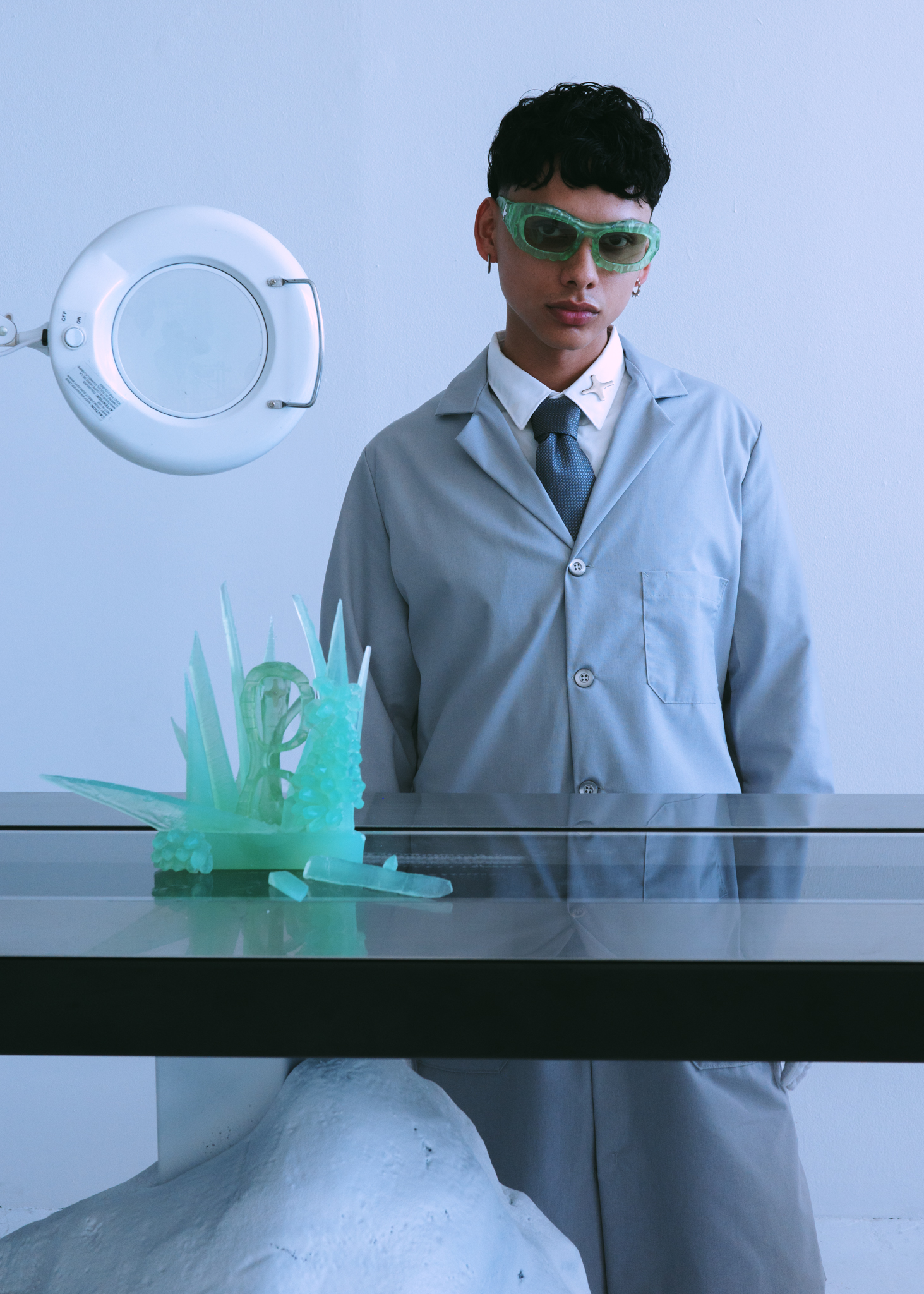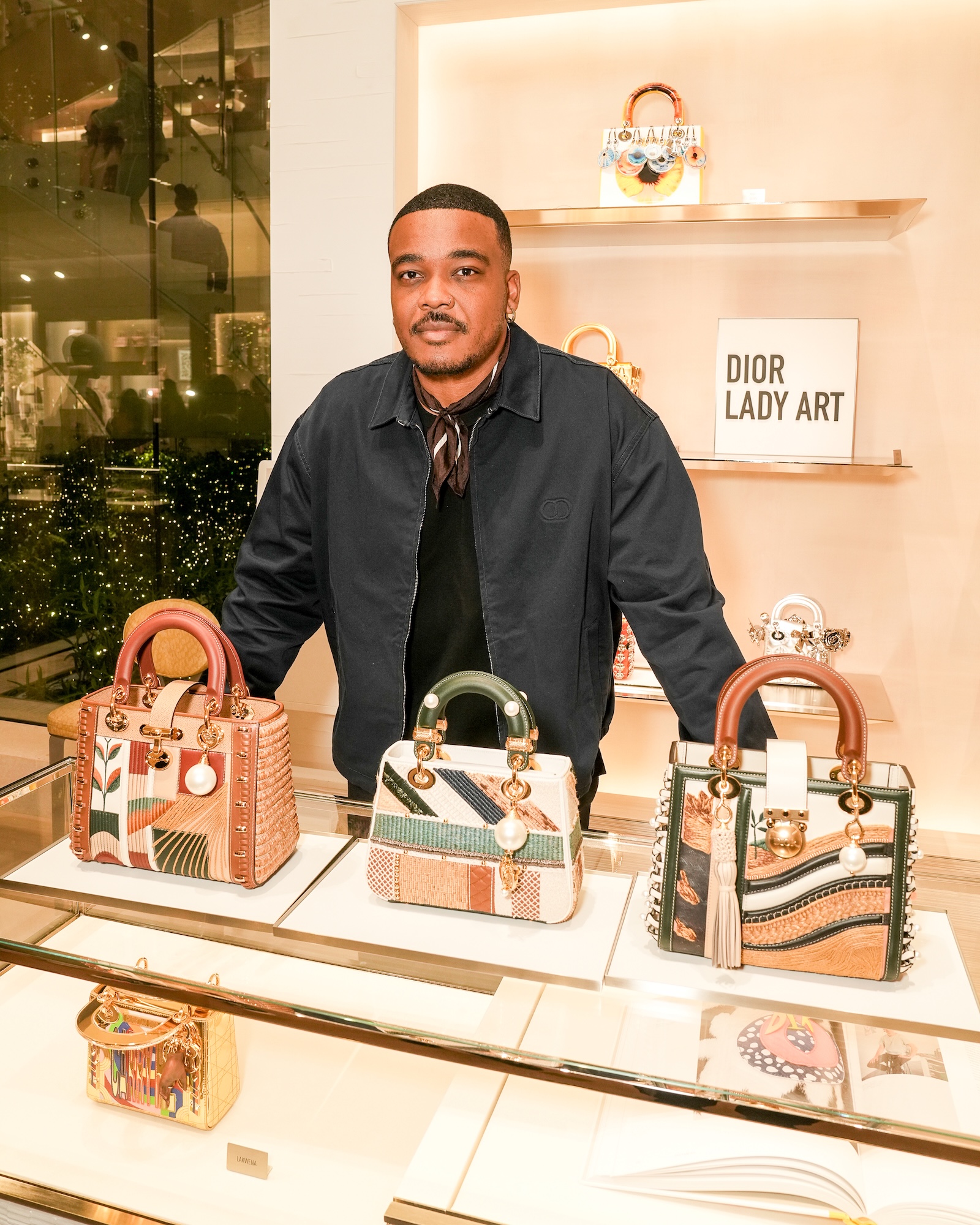

[](https://flaunt-mag.squarespace.com/config/pages/587fe9d4d2b857e5d49ca782#)[](https://flaunt-mag.squarespace.com/config/pages/587fe9d4d2b857e5d49ca782#)
If You Make Successful Things
Terroni Expands its Empire to Downtown Los Angeles
Terroni is an Italian place on Beverly with a distinctly good feeling ‘bout it. It’s hard to pin down what it is (this, of course, is the writer’s job, after all, but still). It feels warm and not exactly friendly, but something a lot better than that. Anyway, I got on the phone with the designer in Toronto, and one of the LA partners, a nice fellow named Max Stefanelli, who brought along his Italian accent like you would a sweater to a baseball game in late September. I asked him why Terroni was special, what made it click, from its birthplace in Toronto to the humming joint on Beverly by the Farmer’s Market, to the new place that will open in two months in DTLA’s historic core, designed by Giannone Petricone Associates.
The answers I got were understandably preposterous.
“The manufacturing strength of Italy is in the North; we are not that, and our food is quite distinct. We are from the South, even the name ‘Terroni’ is a not-so-nice term for southerners.”
The Terroni I know is peppered with images of the heyday of Northern Italian manufacturing. There are vintage Ducati photos on the postcards they give you with the check; there are graphics of motorcycle racing numbers on the booths. They push Aperol like they own stock in it, and line the walls with Italian canned goods the size of petrol cans. I asked Andrew DiRosa about this. He was hired by founder Cosi Mammoliti five years ago to handle all of Terroni’s design. Unexpectedly, he dodged, he sidestepped, and he disavowed. He talked about Terroni’s design aesthetic being based not on a paralyzed immigrant’s memory of home, rather a dynamic dialogue with the trends and developments of the home country. He spoke of the distinctively Southern Italian identity of the brand, and its distance from the Industrial North, whose imagery is so richly represented in the space. Odd, I thought.
Next, I went to Max to get a feel for what makes the place zing. He gave a smart talk about cultural exchange and translation, all of which left me with two impressions: these fellows are smart, charming, and educated; and possibly haven’t ever been to their own restaurant.
Terroni pops because the pastas are very distinct, and unapologetically complex. The ragu does not aspire to be understood. It is content to be delicious. Each daily special is an amazing mash of food. The ingredients are impeccable and well handled: they do not need individual introduction, because they work flawlessly in concert.
The Terroni server has an ambivalent relationship with service. They act as if it is neither a calling nor a job, rather something they do for friends, which often makes it awkward for them. They also are at least as handsome and hip as we in the seats, which can be awkward for us; so it’s fair. There is no manufactured attitude or pretense. There are people with enough sangfroid to make you feel welcome, to make you feel like you ordered the wrong thing, or to give you a recommendation that you believe with your whole heart.
Back to the principals, I weave through more inscrutable explanations of design intentions and cultural authenticity. Andrew is excited about two large pieces of art that will adorn the new Terrroni Downtown. “They’re typographical pieces, large, but we’re trying not to be didactic.” He distances himself from “didacticism” twice more in our chat, with nary a blush of irony. No mention of the Italian Language lessons which play nonstop over the speakers in the bathrooms on Beverly.
Towards the end of our chat, as I got more confused and hungry, I asked Max about the unusual disposition of the staff. Finally, I might have reached a kernel of Terroni’s genius: “Many times we don’t hire the people who should be hired, and many times we don’t fire the people who should be fired. We work with people we like, people we want to be around; people like us.”
Delicious, Max. That’s the answer I wanted. Because the idea I’m trying to get at is this: If you make good or successful things, you often have no idea how to verbalize that process, nor do you have any real grasp on what the discrete components are. You just make it.
 
[](https://flaunt-mag.squarespace.com/config/pages/587fe9d4d2b857e5d49ca782#)[](https://flaunt-mag.squarespace.com/config/pages/587fe9d4d2b857e5d49ca782#)
If You Make Successful Things
Terroni Expands its Empire to Downtown Los Angeles
Terroni is an Italian place on Beverly with a distinctly good feeling ‘bout it. It’s hard to pin down what it is (this, of course, is the writer’s job, after all, but still). It feels warm and not exactly friendly, but something a lot better than that. Anyway, I got on the phone with the designer in Toronto, and one of the LA partners, a nice fellow named Max Stefanelli, who brought along his Italian accent like you would a sweater to a baseball game in late September. I asked him why Terroni was special, what made it click, from its birthplace in Toronto to the humming joint on Beverly by the Farmer’s Market, to the new place that will open in two months in DTLA’s historic core, designed by Giannone Petricone Associates.
The answers I got were understandably preposterous.
“The manufacturing strength of Italy is in the North; we are not that, and our food is quite distinct. We are from the South, even the name ‘Terroni’ is a not-so-nice term for southerners.”
The Terroni I know is peppered with images of the heyday of Northern Italian manufacturing. There are vintage Ducati photos on the postcards they give you with the check; there are graphics of motorcycle racing numbers on the booths. They push Aperol like they own stock in it, and line the walls with Italian canned goods the size of petrol cans. I asked Andrew DiRosa about this. He was hired by founder Cosi Mammoliti five years ago to handle all of Terroni’s design. Unexpectedly, he dodged, he sidestepped, and he disavowed. He talked about Terroni’s design aesthetic being based not on a paralyzed immigrant’s memory of home, rather a dynamic dialogue with the trends and developments of the home country. He spoke of the distinctively Southern Italian identity of the brand, and its distance from the Industrial North, whose imagery is so richly represented in the space. Odd, I thought.
Next, I went to Max to get a feel for what makes the place zing. He gave a smart talk about cultural exchange and translation, all of which left me with two impressions: these fellows are smart, charming, and educated; and possibly haven’t ever been to their own restaurant.
Terroni pops because the pastas are very distinct, and unapologetically complex. The ragu does not aspire to be understood. It is content to be delicious. Each daily special is an amazing mash of food. The ingredients are impeccable and well handled: they do not need individual introduction, because they work flawlessly in concert.
The Terroni server has an ambivalent relationship with service. They act as if it is neither a calling nor a job, rather something they do for friends, which often makes it awkward for them. They also are at least as handsome and hip as we in the seats, which can be awkward for us; so it’s fair. There is no manufactured attitude or pretense. There are people with enough sangfroid to make you feel welcome, to make you feel like you ordered the wrong thing, or to give you a recommendation that you believe with your whole heart.
Back to the principals, I weave through more inscrutable explanations of design intentions and cultural authenticity. Andrew is excited about two large pieces of art that will adorn the new Terrroni Downtown. “They’re typographical pieces, large, but we’re trying not to be didactic.” He distances himself from “didacticism” twice more in our chat, with nary a blush of irony. No mention of the Italian Language lessons which play nonstop over the speakers in the bathrooms on Beverly.
Towards the end of our chat, as I got more confused and hungry, I asked Max about the unusual disposition of the staff. Finally, I might have reached a kernel of Terroni’s genius: “Many times we don’t hire the people who should be hired, and many times we don’t fire the people who should be fired. We work with people we like, people we want to be around; people like us.”
Delicious, Max. That’s the answer I wanted. Because the idea I’m trying to get at is this: If you make good or successful things, you often have no idea how to verbalize that process, nor do you have any real grasp on what the discrete components are. You just make it.

[](https://flaunt-mag.squarespace.com/config/pages/587fe9d4d2b857e5d49ca782#)[](https://flaunt-mag.squarespace.com/config/pages/587fe9d4d2b857e5d49ca782#)
If You Make Successful Things
Terroni Expands its Empire to Downtown Los Angeles
Terroni is an Italian place on Beverly with a distinctly good feeling ‘bout it. It’s hard to pin down what it is (this, of course, is the writer’s job, after all, but still). It feels warm and not exactly friendly, but something a lot better than that. Anyway, I got on the phone with the designer in Toronto, and one of the LA partners, a nice fellow named Max Stefanelli, who brought along his Italian accent like you would a sweater to a baseball game in late September. I asked him why Terroni was special, what made it click, from its birthplace in Toronto to the humming joint on Beverly by the Farmer’s Market, to the new place that will open in two months in DTLA’s historic core, designed by Giannone Petricone Associates.
The answers I got were understandably preposterous.
“The manufacturing strength of Italy is in the North; we are not that, and our food is quite distinct. We are from the South, even the name ‘Terroni’ is a not-so-nice term for southerners.”
The Terroni I know is peppered with images of the heyday of Northern Italian manufacturing. There are vintage Ducati photos on the postcards they give you with the check; there are graphics of motorcycle racing numbers on the booths. They push Aperol like they own stock in it, and line the walls with Italian canned goods the size of petrol cans. I asked Andrew DiRosa about this. He was hired by founder Cosi Mammoliti five years ago to handle all of Terroni’s design. Unexpectedly, he dodged, he sidestepped, and he disavowed. He talked about Terroni’s design aesthetic being based not on a paralyzed immigrant’s memory of home, rather a dynamic dialogue with the trends and developments of the home country. He spoke of the distinctively Southern Italian identity of the brand, and its distance from the Industrial North, whose imagery is so richly represented in the space. Odd, I thought.
Next, I went to Max to get a feel for what makes the place zing. He gave a smart talk about cultural exchange and translation, all of which left me with two impressions: these fellows are smart, charming, and educated; and possibly haven’t ever been to their own restaurant.
Terroni pops because the pastas are very distinct, and unapologetically complex. The ragu does not aspire to be understood. It is content to be delicious. Each daily special is an amazing mash of food. The ingredients are impeccable and well handled: they do not need individual introduction, because they work flawlessly in concert.
The Terroni server has an ambivalent relationship with service. They act as if it is neither a calling nor a job, rather something they do for friends, which often makes it awkward for them. They also are at least as handsome and hip as we in the seats, which can be awkward for us; so it’s fair. There is no manufactured attitude or pretense. There are people with enough sangfroid to make you feel welcome, to make you feel like you ordered the wrong thing, or to give you a recommendation that you believe with your whole heart.
Back to the principals, I weave through more inscrutable explanations of design intentions and cultural authenticity. Andrew is excited about two large pieces of art that will adorn the new Terrroni Downtown. “They’re typographical pieces, large, but we’re trying not to be didactic.” He distances himself from “didacticism” twice more in our chat, with nary a blush of irony. No mention of the Italian Language lessons which play nonstop over the speakers in the bathrooms on Beverly.
Towards the end of our chat, as I got more confused and hungry, I asked Max about the unusual disposition of the staff. Finally, I might have reached a kernel of Terroni’s genius: “Many times we don’t hire the people who should be hired, and many times we don’t fire the people who should be fired. We work with people we like, people we want to be around; people like us.”
Delicious, Max. That’s the answer I wanted. Because the idea I’m trying to get at is this: If you make good or successful things, you often have no idea how to verbalize that process, nor do you have any real grasp on what the discrete components are. You just make it.









.JPG)
.jpg)







